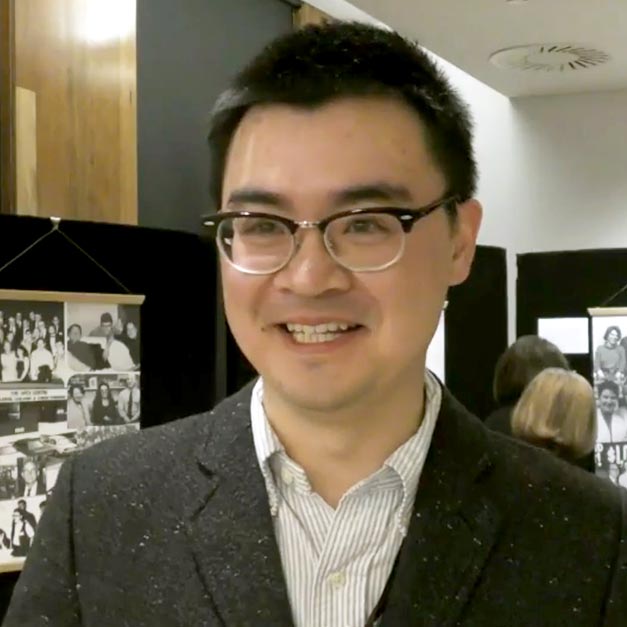In 2016 The Cure Starts Now, in partnership with the DIPG Collaborative, funded a grant for the Children’s Cancer Institute in Australia researching the radiosensitisation of Diffuse Intrinsic Pontine Gliomas by modulating the glucose metabolism. The results – which will be published Monday – have given Dr. Han Shen and team a better understanding of how high grade gliomas are able to meet the demand of rapid cell growth. Additionally, the insights gained have led to potential new treatment options for DIPG and other pediatric brain tumors.
Dr. Shen summarizes his research stating:
Mitochondria are the "powerhouses" of the cell, breaking down fuel molecules and producing energy in cellular respiration. Functional mitochondria are also essential for cancer cells. In this study, Shen et al. reported for the first time that the copy number of DNA located in mitochondria (mitochondrial DNA) was significantly reduced in pediatric malignant brain tumors including high grade gliomas (HGG) and diffuse intrinsic pontine gliomas (DIPG). This biological change led to an enhanced glycolytic activity, which meets the demand of cancer cells to rapidly grow. This glycolytic phenotype is also strongly correlated with resistance to radiotherapy, the cornerstone treatment for pediatric HGG and the only standard-of-care for DIPG. To develop a novel therapy that can be rapidly translated into clinic, two clinically available drugs, metformin (a hypoglycemic drug for Type 2 diabetes) and dichloroacetate (a drug used for congenital mitochondrial diseases), have been repurposed to target this altered metabolic pathway. Strikingly, the treatment of this combination largely improved the radiosensitivity of DIPG and significantly prolonged the survival of a mouse model bearing DIPG tumors in their brainstem. This novel therapeutic strategy may open a window of opportunity for designing more effective treatment for the deadliest pediatric brain tumors.


